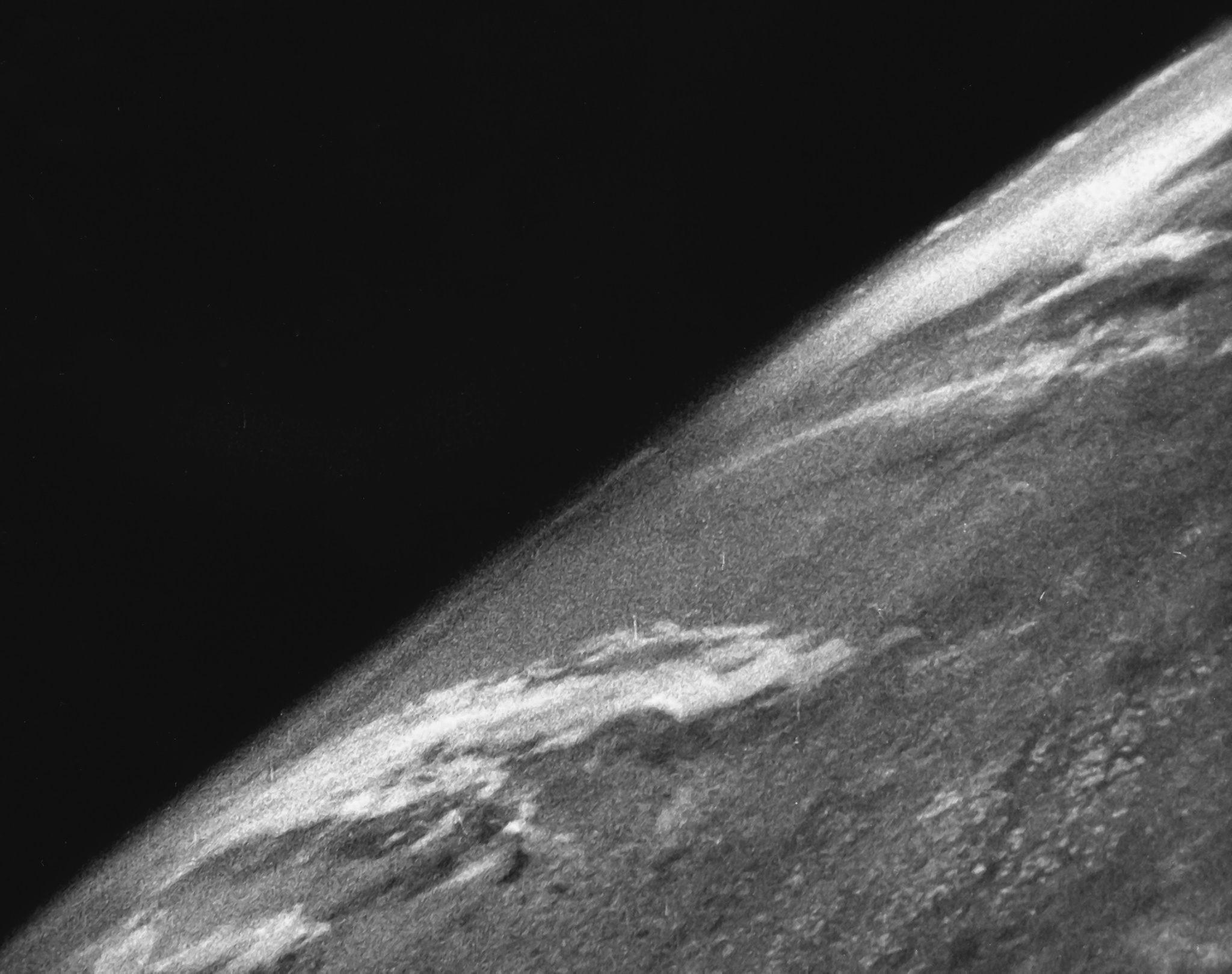|
Whiskbroom Scanner
A whisk broom or spotlight sensor, also known as an across-track scanner, is a technology for obtaining satellite images with optical cameras. It is used for passive remote sensing from space. In a whisk broom sensor, a mirror scans across the satellite’s path (ground track), reflecting light into a single detector which collects data one pixel at a time. The moving parts make this type of sensor expensive and more prone to wearing out, such as in the Landsat 7#Scan Line Corrector failure, Landsat 7. Whisk broom scanners have the effect of stopping the scan, and focusing the detector on one part of the swath width. Because the detector is only focused on a subsection of the full swath at any time, it typically has a higher resolution than a push broom design for the same size of scan swath. All sensors aboard the Landsat series of satellites used the whisk broom design until Landsat 8. See also * Push broom scanner References {{Reflist External links Earth Observing-1 [...More Info...] [...Related Items...] OR: [Wikipedia] [Google] [Baidu] |
Satellite Image
Satellite images (also Earth observation imagery, spaceborne photography, or simply satellite photo) are images of Earth collected by imaging satellites operated by governments and businesses around the world. Satellite imaging companies sell images by licensing them to governments and businesses such as Apple Maps and Google Maps. History The first images from space were taken on sub-orbital flights. The U.S-launched V-2 flight on October 24, 1946, took one image every 1.5 seconds. With an apogee of 65 miles (105 km), these photos were from five times higher than the previous record, the 13.7 miles (22 km) by the Explorer II balloon mission in 1935. The first satellite (orbital) photographs of Earth were made on August 14, 1959, by the U.S. Explorer 6. The first satellite photographs of the Moon might have been made on October 6, 1959, by the Soviet satellite Luna 3, on a mission to photograph the far side of the Moon. The Blue Marble photograph was taken from ... [...More Info...] [...Related Items...] OR: [Wikipedia] [Google] [Baidu] |

